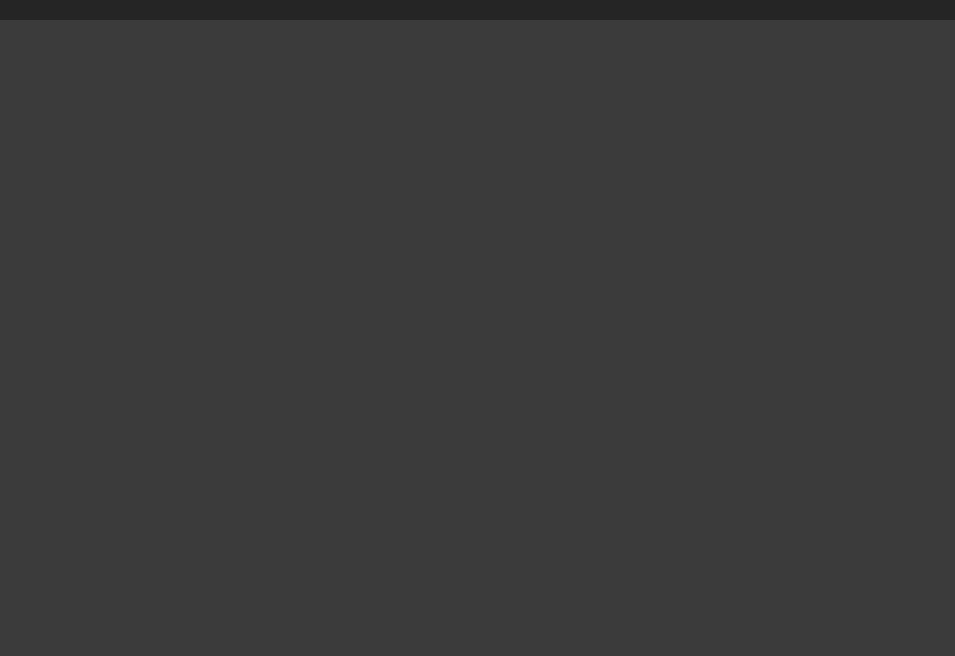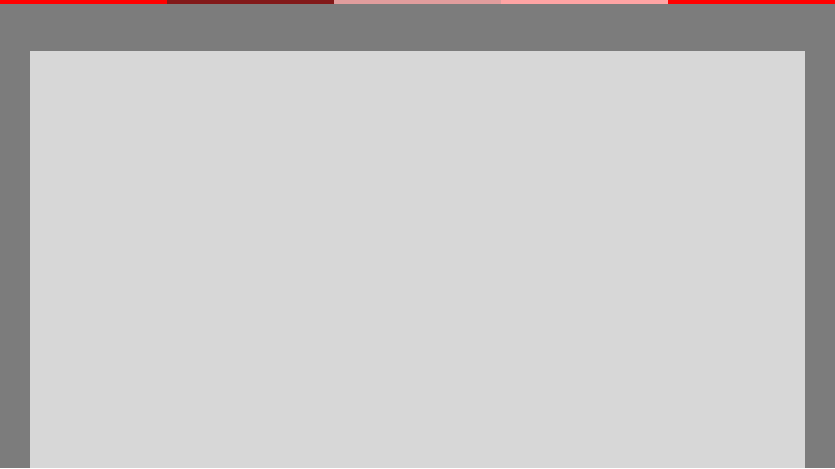



All texts copyright Richard Shillitoe
hogarth’s house at chiswick
1941
1. Watercolour and pencil.
13½ x 17½in. (35 x 45cm.)
Signed and dated lower right.
Provenance
NT.
2. Watercolour and pencil.
17½ x 13½in. (45 x 35cm.)
Signed and dated lower left.
Provenance
Purchased Nov. 1990 by the Museum of London. (Accession No: 90.359) from the National Trust.
In 1941 Colquhoun was living in Chiswick, only a short distance from the house that had been William
Hogarth’s country retreat between 1749-1764. The house was severely damaged during a Luftwaffe bombing
raid on 26 September 1940.
The fact that she made two watercolours showing the house from two slightly different angles indicates that
it held some importance for her. At first, it seems a curious choice of subject, out of keeping with the other
work she was doing at the time: experiments with automatism, forging links with the poets of the New
Apocalypse and occult research. In this context, naturalistic studies seem anachronistic.
To make sense of their apparent incongruity the watercolours should be seen as a continuation of her earlier
depictions of closed, deserted buildings. These had first appeared in the architectural studies of her student
days, became a hall mark of the watercolours she made during her Mediterranean travels and culminated in
two of her major oil paintings of 1939, Interior and Rivières Tièdes. Few buildings can seem more deserted
than one that has suffered major structural damage.
They should also be seen in the context of her surrealist convictions. Urban environments had long held a
fascination for the surrealists, who sought to encounter the surreal or the “merveilleux” in the ordinary and
everyday world in the course of their random ramblings through Paris and elsewhere. In Hogarth’s House a
transfiguration of the banal has been achieved in a truly terrifying way: by high explosives falling from the
sky.

















